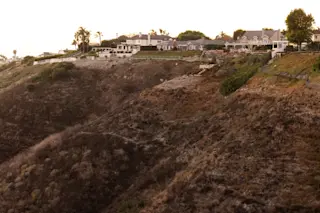This story appeared in the September/October 2020 of Discover magazine as "Life After Death." We hope you’ll subscribe to Discover and help support science journalism at a time when it’s needed the most.
Imagine a world where, when a person died, they took all their riches with them like the pharaohs of Egypt. If you consider biological material to be of value, this is not so far removed from modern reality, except that instead of gold and silver treasures being buried with us, it’s our nutrients.
These riches we hoard in our graves are the mineral building blocks necessary for those still alive — the carbon in our skin, the iron in our blood and the calcium in our bones. These nutrients exist as finite, limited resources in the world. But conventional practices of embalming and cremation prevent their recycling, hindering our ability to give back that which we have ...















